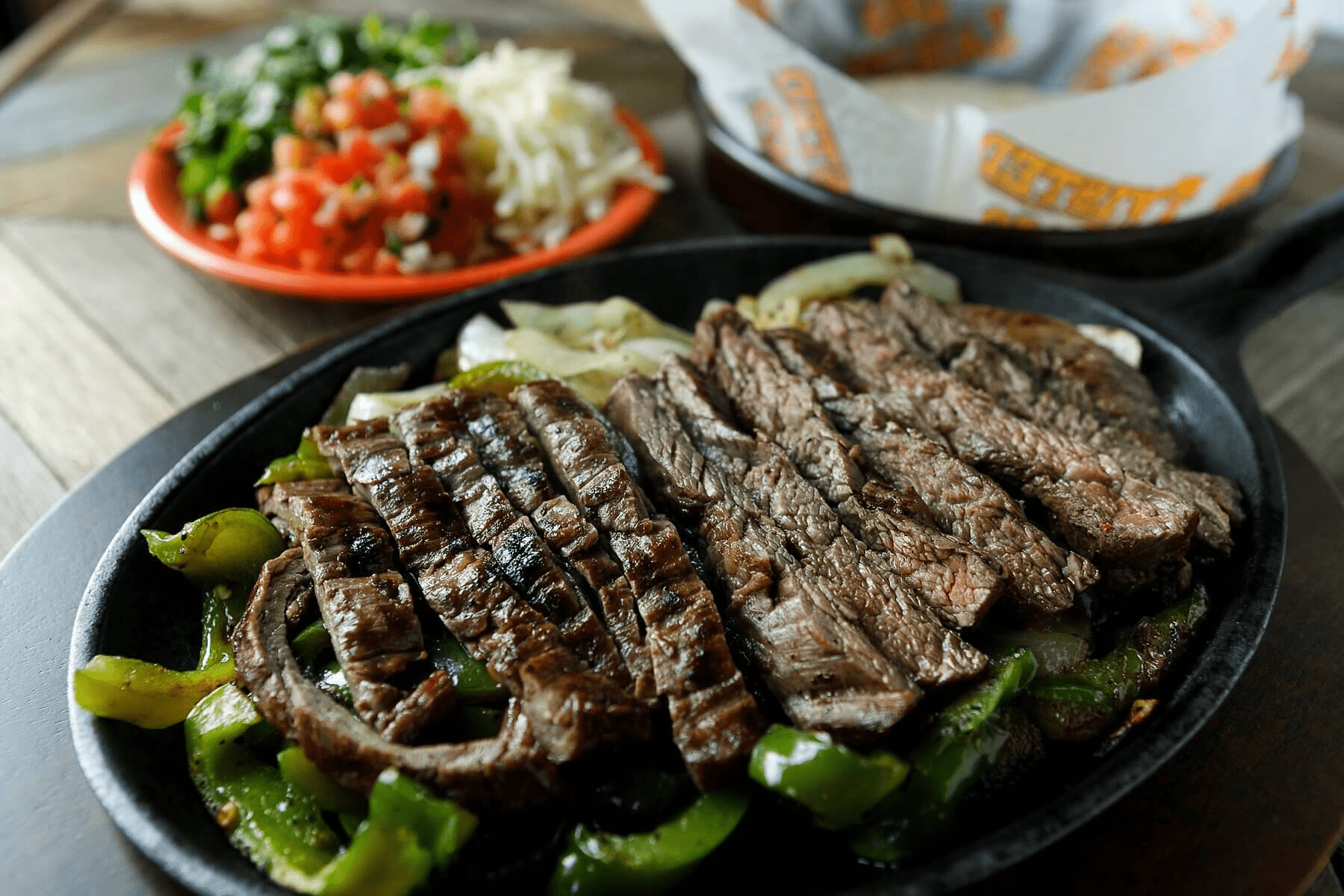Tex-Mex food is a cuisine that combines elements of Texan and Mexican food cultures. It originated in the late 1800s and early 1900s, with Mexican immigrants adapting their traditional recipes and cooking techniques to the ingredients available in Texas. The cuisine reflects the cultural fusion between the two cultures. In contrast, traditional Mexican cuisine has a much longer history dating back thousands of years to the ancient Mayan and Aztec civilizations. Mexican cuisine often features fresh and whole ingredients, a wider variety of protein sources, complex spices, slow cooking and stewing techniques, and tends towards a more refined dining experience.
Tex-Mex vs. Mexican Food: Exploring the Cultural Differences on the Plate
When traveling to the United States, or even within its own borders, one may come across the term “Tex-Mex” on restaurant menus. The term is used to describe a fusion cuisine that combines elements of Texan and Mexican food cultures. However, many people mistakenly believe that Tex-Mex is the same as traditional Mexican food. In this article, we will explore the cultural differences between Tex-Mex and Mexican food.
History and Origins
The origins of Tex-Mex food can be traced back to the late 1800s and early 1900s. During this time, many Mexicans migrated to the United States and settled in Texas. These immigrants brought with them their traditional recipes and cooking techniques, which they adapted to the ingredients readily available in Texas. Over time, the cuisine evolved to reflect the cultural fusion between Mexican and Texan cultures.
Traditional Mexican cuisine, on the other hand, has a much longer history dating back thousands of years to the ancient Mayan and Aztec civilizations. Mexican cuisine has been shaped by a variety of influences, including Spanish colonization, African slaves, and the introduction of new ingredients from around the world.
Ingredients
The ingredients used in Tex-Mex cuisine and Mexican cuisine differ significantly. Tex-Mex cuisine tends to use more processed and fatty ingredients such as ground beef, cheese, and sour cream. Mexican cuisine, on the other hand, favors fresh and whole ingredients such as avocados, cilantro, and fresh peppers. Mexican cuisine also uses a wider variety of protein sources, such as seafood, chicken, and pork.
Spices and Flavors
Tex-Mex and Mexican cuisines differ in the types of spices and flavors used. Tex-Mex cuisine tends to be much spicier, using a lot of chili powder, cumin, and garlic. Mexican cuisine favors more complex spices such as cinnamon, bay leaves, and Mexican oregano. Mexican cuisine also tends to be more savory and balanced, incorporating elements of sweet, sour, and spicy flavors.
Preparation Techniques
Mexican cuisine typically involves a lot of slow cooking and stewing, which allows the flavors to meld together. In contrast, Tex-Mex cuisine places a greater emphasis on grilling and frying. Tacos, burritos, and enchiladas are all common Tex-Mex dishes that involve frying or grilling the tortillas and filling the them with ingredients.
Dining Experience
The dining experience for Tex-Mex and Mexican restaurants also differ. Tex-Mex restaurants are often casual and family-friendly, with a focus on large portions and affordable prices. Mexican restaurants, on the other hand, can range from casual to upscale and often feature a wider variety of dishes and flavors. Mexican restaurants also tend to offer a more refined dining experience, with table service and a greater emphasis on presentation.
Conclusion
While Tex-Mex and Mexican cuisines may appear similar on the surface, the two are distinct in their history, ingredients, spices, preparation techniques, and dining experience. Whether one prefers the bold flavors of Tex-Mex or the nuanced complexity of Mexican cuisine, there is no denying the rich culinary traditions and cultural heritage presented on every plate.
